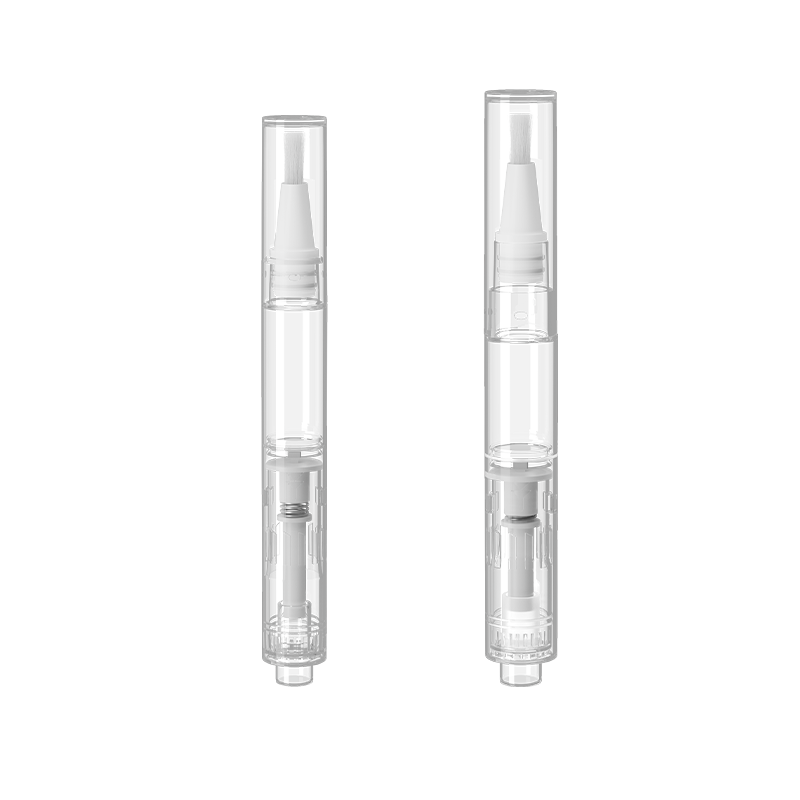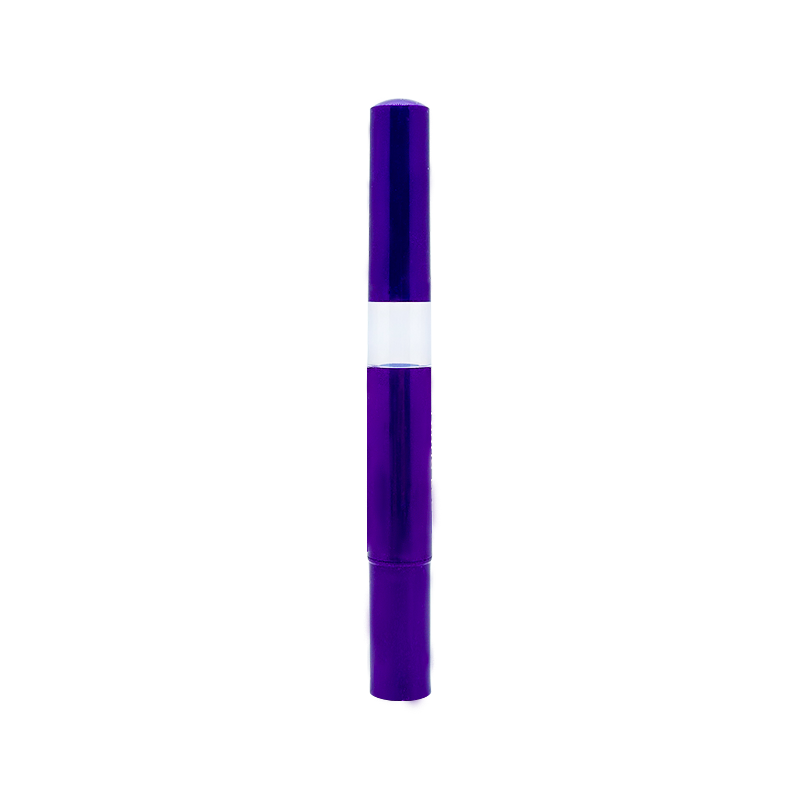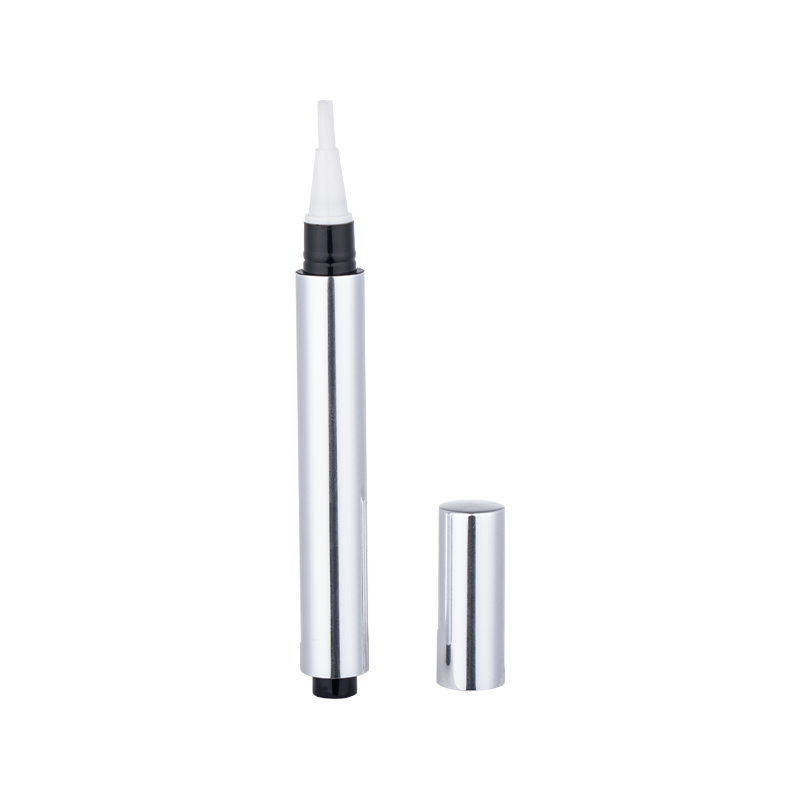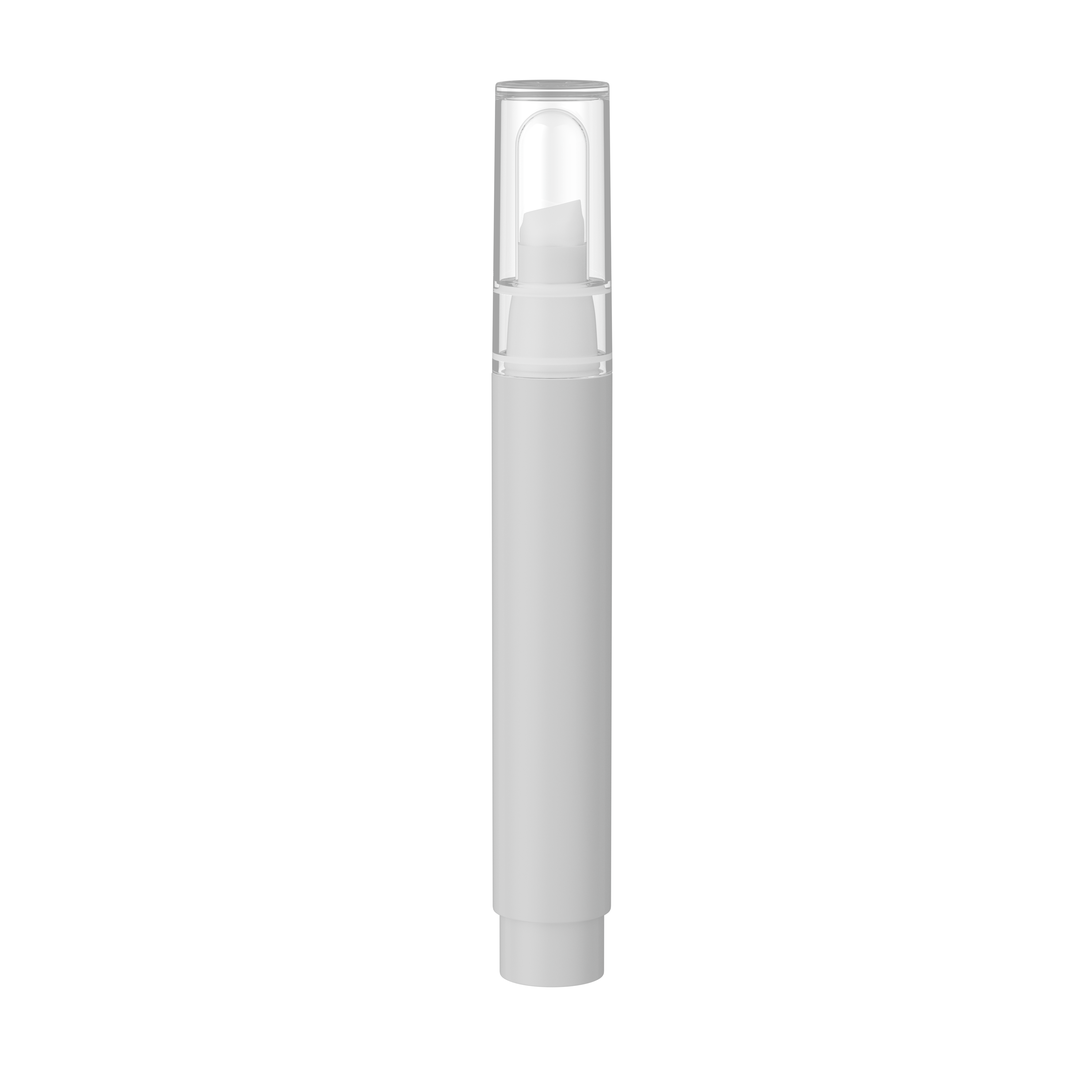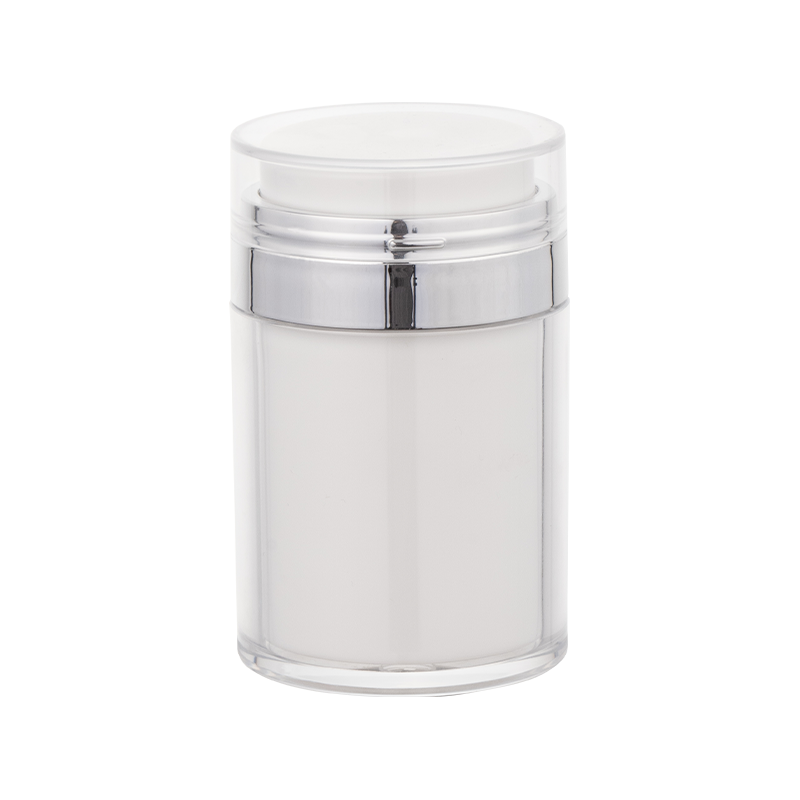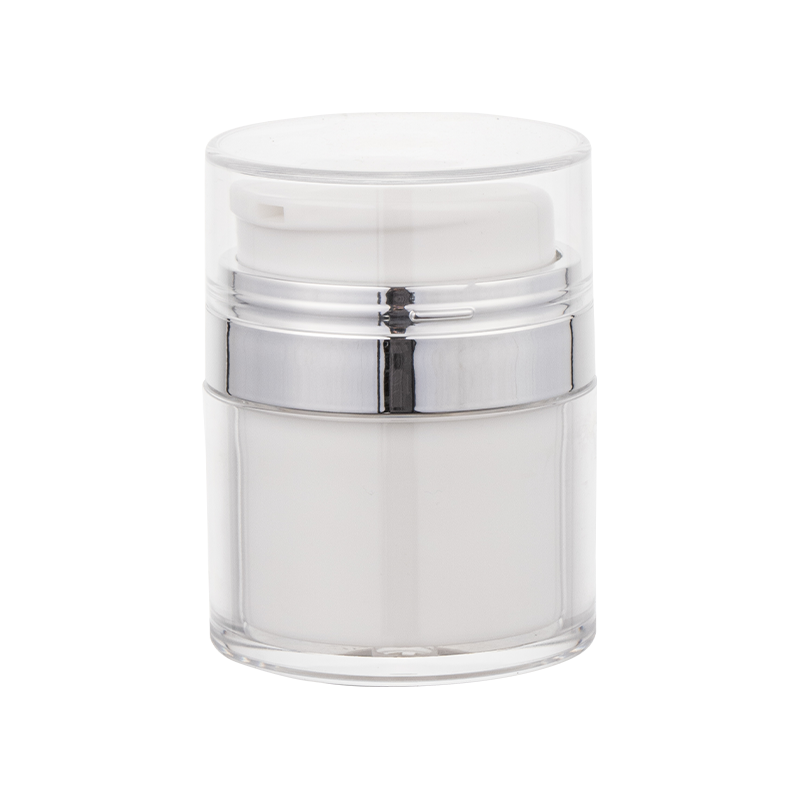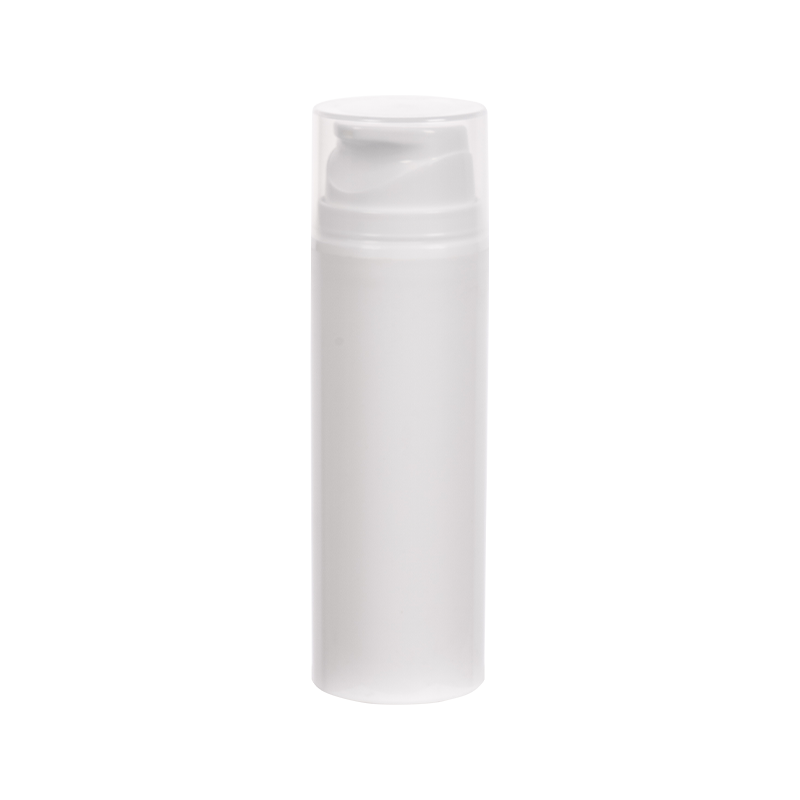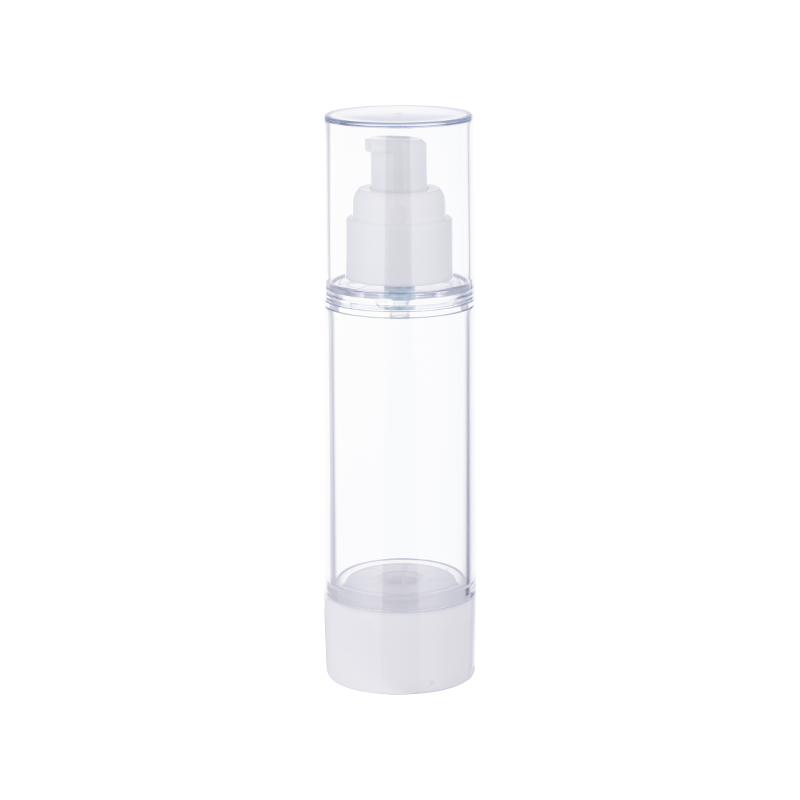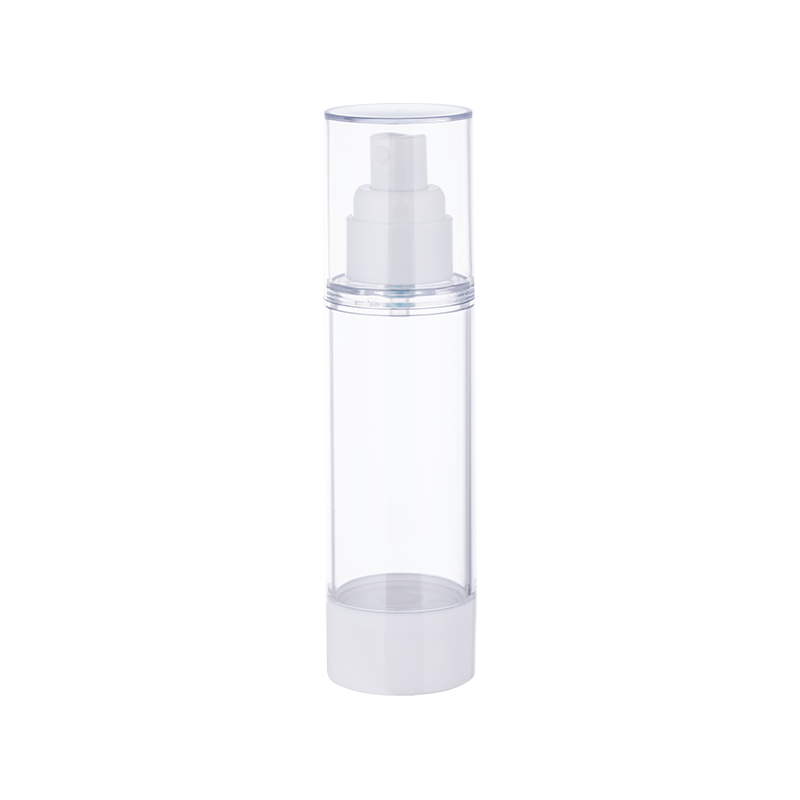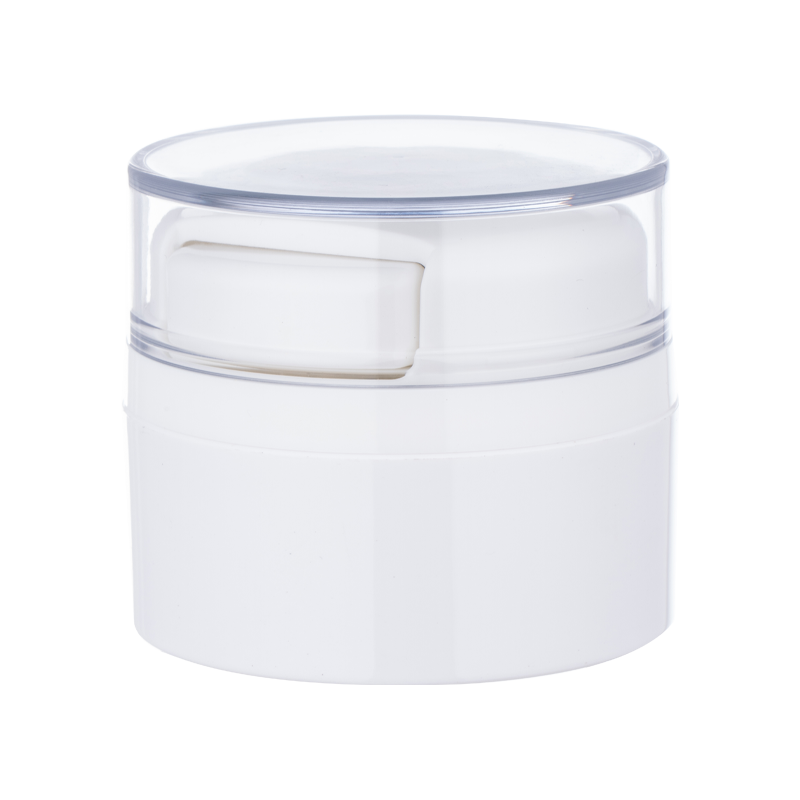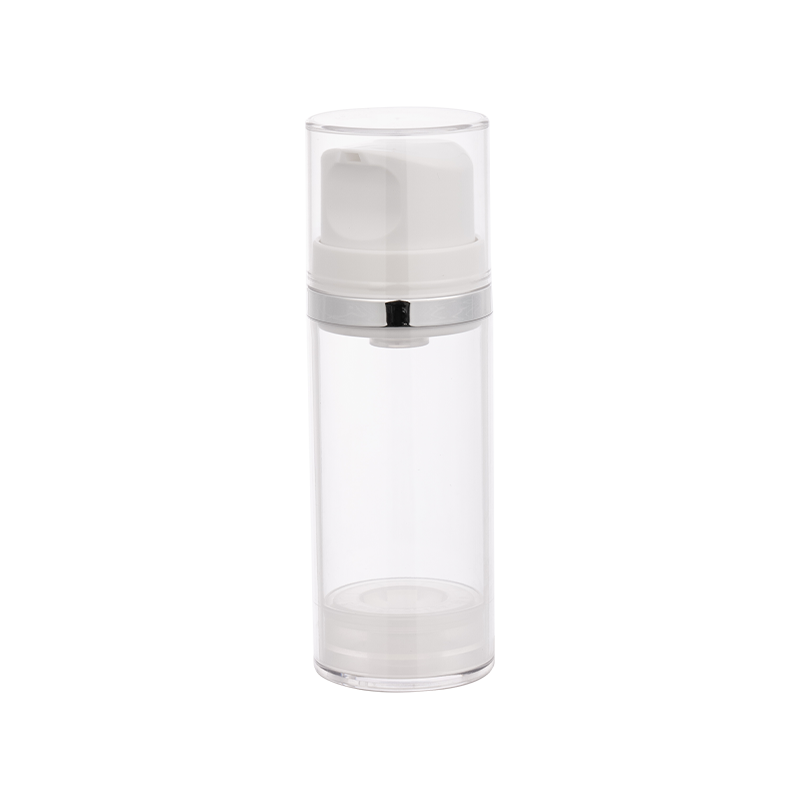How does cosmetic packaging impact the shelf life of beauty products?
May 01, 2025
Cosmetic packaging plays a critical role in preserving the integrity and longevity of beauty products. The materials used, the design of the packaging, and the way it interacts with the product inside can all significantly influence a product’s shelf life. In the competitive world of cosmetics, where product efficacy, freshness, and safety are paramount, packaging is not just about aesthetics; it is a vital element that directly affects the product’s quality, safety, and longevity.
One of the most important factors in cosmetic packaging is its ability to protect the contents from external elements such as air, light, moisture, and contaminants. These environmental factors can cause beauty products to degrade over time, leading to a loss of potency, color, texture, and fragrance. For example, when air enters a container, it can oxidize certain ingredients, particularly in products containing oils or vitamins, leading to a reduction in effectiveness. Cosmetic packaging that seals tightly and prevents air from entering, such as airless pumps or vacuum-sealed jars, is designed to reduce exposure to oxygen, preserving the product's active ingredients and preventing premature spoilage.
Another key element in cosmetic packaging is its ability to protect the product from light. UV rays can break down sensitive ingredients like retinol, vitamin C, and certain plant extracts. Therefore, packaging that incorporates opaque materials or UV-blocking components is essential for extending the shelf life of these products. For example, tinted glass or dark plastic bottles can shield contents from harmful sunlight, preventing photodegradation and maintaining the product's potency over time.
Moisture is also a critical factor in product preservation. Humidity and excess moisture inside the packaging can lead to the growth of bacteria, mold, or yeast, particularly in products like lotions, creams, and powders. Cosmetic packaging with tamper-proof seals or airtight closures helps prevent moisture from entering the container and maintains the sterile environment necessary to keep the product safe for use. Additionally, packaging that allows for precise dosing or dispensing, such as pumps or squeezable tubes, minimizes contamination risks by limiting direct contact with the product, ensuring that it remains hygienic and free of contaminants.
The choice of packaging materials also influences how well beauty products retain their efficacy over time. For example, glass is a popular material for high-end cosmetic packaging due to its non-reactive properties, which help maintain the purity of the product inside. However, glass is heavier and can break easily, which is why many brands opt for plastics like PET (polyethylene terephthalate) or PP (polypropylene) for more durable, lightweight packaging. Both PET and PP offer good barrier properties against moisture and air, but plastics tend to be more permeable to oxygen compared to glass. Some high-performance plastic options come with additional coatings to enhance their barrier properties, offering a good balance of durability and shelf life extension.
The design of the cosmetic packaging also plays a crucial role in protecting the product’s quality. A well-designed packaging system not only ensures that the product is dispensed efficiently and hygienically but also prevents issues like contamination or spillage. For instance, airless pumps, which are commonly used in serums, lotions, and other sensitive products, can help prevent contact with air, which might otherwise cause the product to oxidize. These pumps use a vacuum-sealed system to dispense the product, ensuring that every drop is preserved until the very last.
Additionally, the material choices made for cosmetic packaging have a direct effect on the product's ability to retain moisture and prevent leakage. Products in containers with poorly sealed caps or those that allow air to seep in can suffer from degradation due to prolonged exposure to the elements. For products like creams or balms that contain active ingredients, exposure to air can lead to a reduction in effectiveness. Well-sealed packaging, such as screw-top containers with tightly fitting lids, minimizes exposure and protects the formula for a longer time.
Even the shape and size of the packaging can contribute to extending a beauty product’s shelf life. Compact, airtight containers with minimal internal space ensure that there is less exposure to air when the product is dispensed, preventing oxidation. Larger jars or containers that are frequently opened can introduce air and contaminants each time they are used, leading to a quicker degradation of the product. Brands may opt for smaller, single-use packaging for items like moisturizers or face masks, which ensures that the product is used up quickly and without excess exposure to air or bacteria.


 English
English 中文简体
中文简体